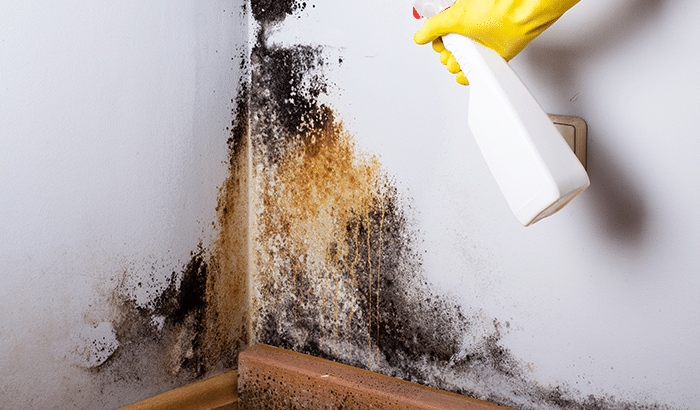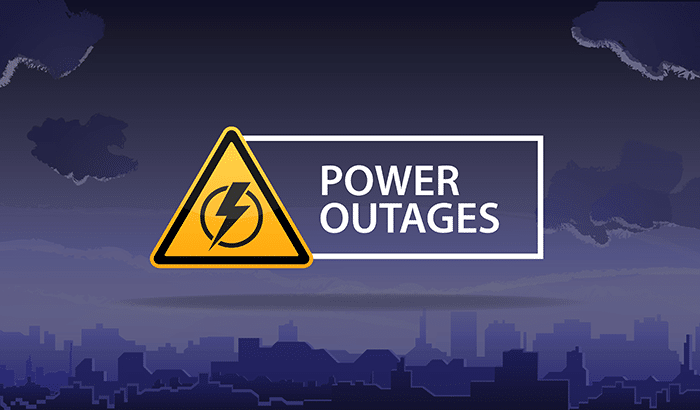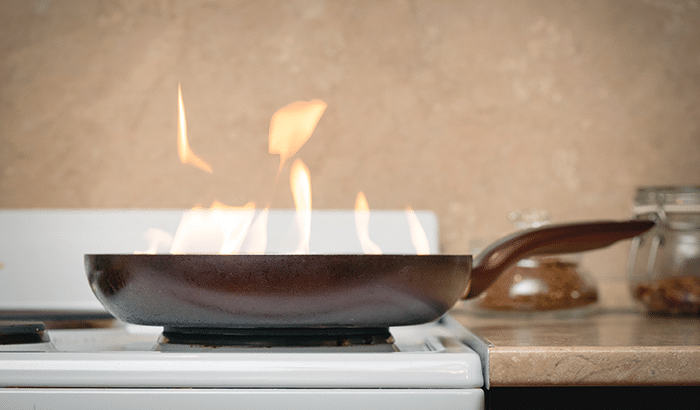
Everything You Need To Know About Mold
We know you want to prevent it from growing in your home, so here’s everything you need to know about mold. We’re talking types of

We know you want to prevent it from growing in your home, so here’s everything you need to know about mold. We’re talking types of

It’s important to know what signs indicate a mold problem so you can protect yourself and your family from getting sick. Everyday allergies can indicate

Fires can break out at any time, so it’s imperative to have an emergency escape plan in place to protect you and your family. We

It’s important to learn the best ways to avoid water damage before water can cause serious problems to your home and property. Water damage claims

If you’re like most people, mold growth in winter isn’t one of the hazards you think about during the coldest months of the year. Other

It’s essential to take the necessary steps to prevent winter home fires, especially if you’ve had to find creative ways to keep your house warm.

A power outage could be completely devastating. Here’s everything you need to know about keeping your home and family safe if the power goes out during a blizzard.

Inspecting your home regularly and watching for the signs of water-related damage can help prevent the problem from escalating to a major disaster. Here are some of the most common places to look for hidden damage in your home.

Addressing a mold problem right away will give you the best chance at being able to remove it successfully, so here’s a guide to help you identify mold before it takes over your life.

Let’s take a look at some of the most common fire hazards in the kitchen and how you can prevent fire damage to your property and help keep your home and family safe.